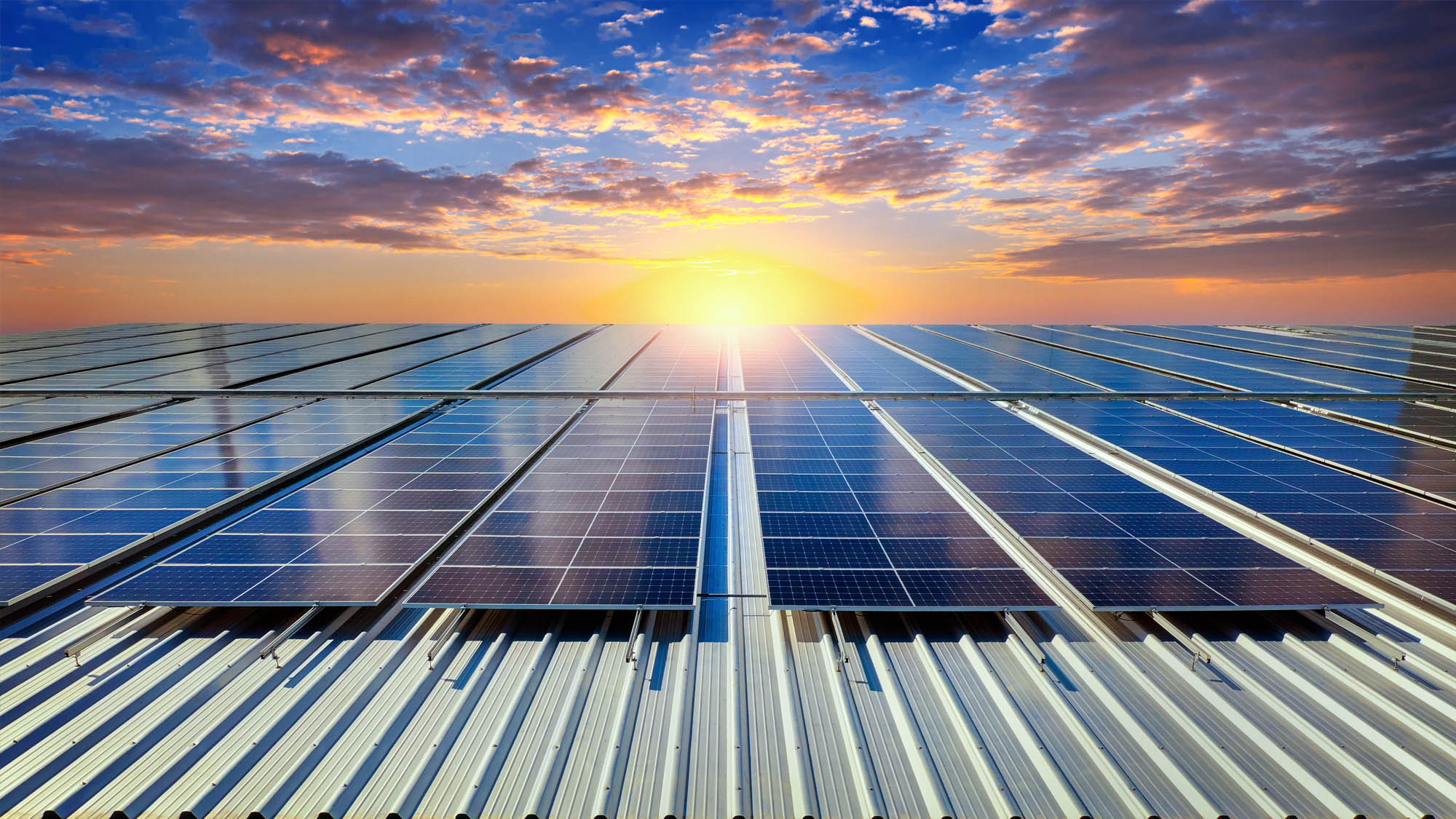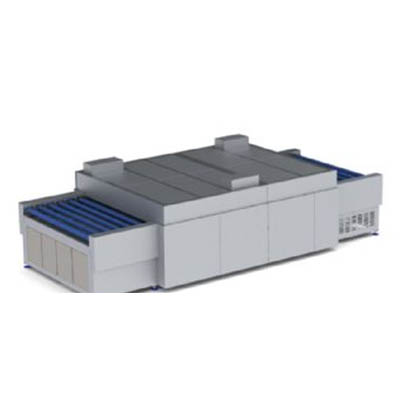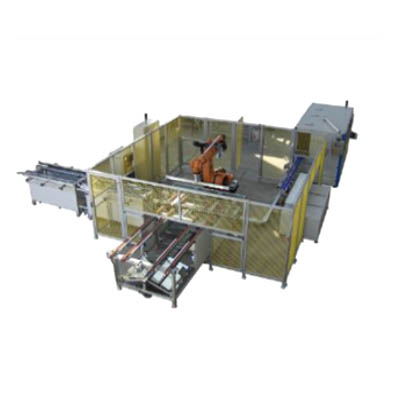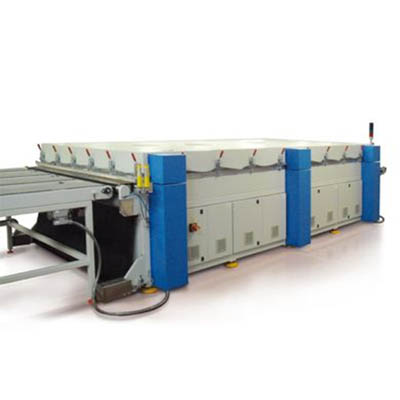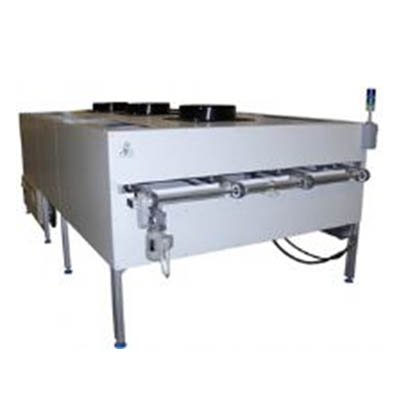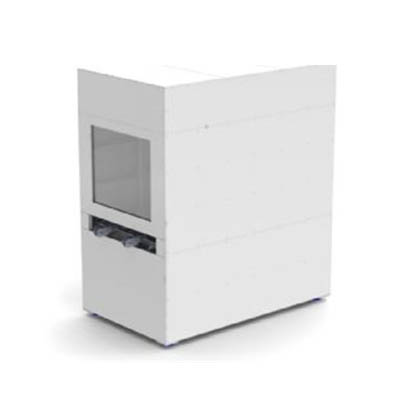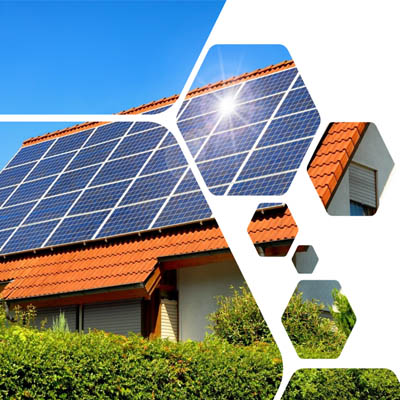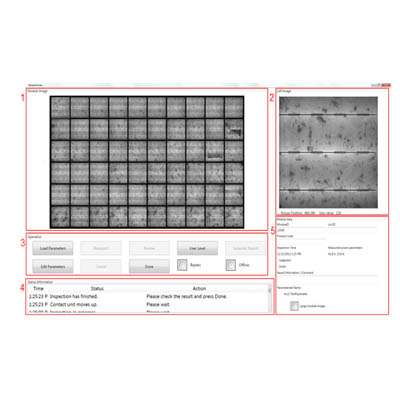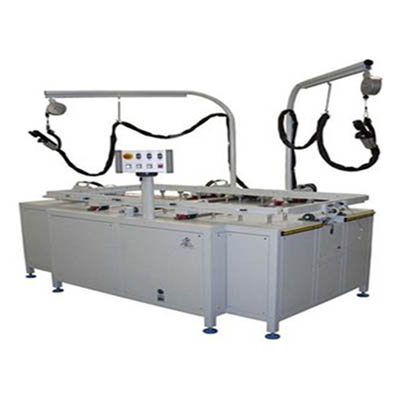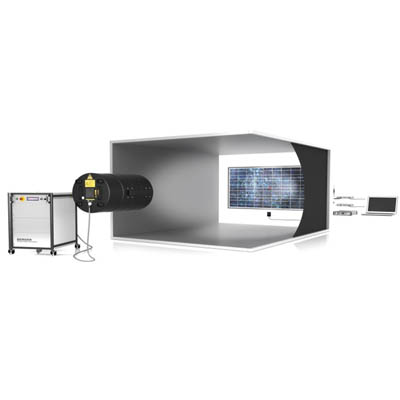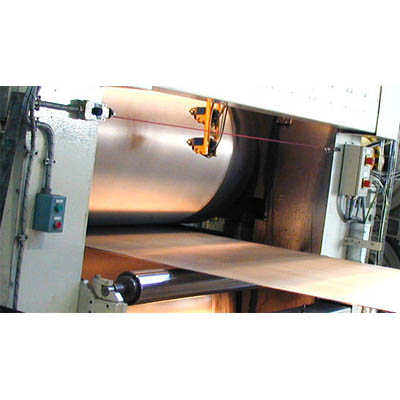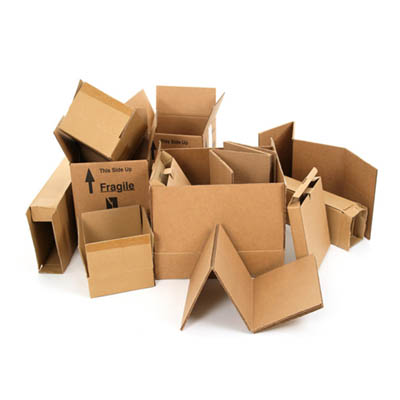4.077 / 5.000
Renewables S.r.l. It was born in 2015 in Sicily in the province of Messina, from the Volont & Agrave; and the competence of local entrepreneurs and technicians immediately positioning themselves among the emerging companies of the Solar Sector & Ndash; photovoltaic.
Our company & Egrave; Equipped with D&T machinery, assembly in step with the latest technological updates in the sector, which are fueled in turn by a clean energy production system, through photovoltaic panels mounted on the roof of the plant.
Our machines offer excellent performance for the realization of different categories of modules with cells per , topcon (with a maximum of 20 Bb ) and heterogical hjt and also comply with the parameters requested by protocol 5.0.
one of our battle horses & egrave; the realization of the revamping , which consists of modernization and optimization of already facilities; installed, in order to improve its performance, efficiency and durability.
Our modules are tested in Pi & Ugrave; steps allowing to guarantee a longer duration over time.
Our company has in fact installed a vitri-dry-dry-dry-dryer, a machine that washes the windows with water treated in reverse osmosis to ensure the elimination of limestone, impurit & agrave; and Aloni, the next phase & egrave; l & rsquo; drying, process that is performed before starting & nbsp; the processing of the module.
With reference to the assembly of the string of photovoltaic cells, the latest generation lacers, are equipped with a cell test and an electrolysis string test. This operation & nbsp; allows you to identify upstream, or before the lamination of the sandwich, any micro -lions or breakage of the cells and strings, which, in the event that these defects are detected, will be excluded from the assembly process.
 Ita
Ita
